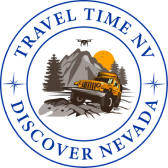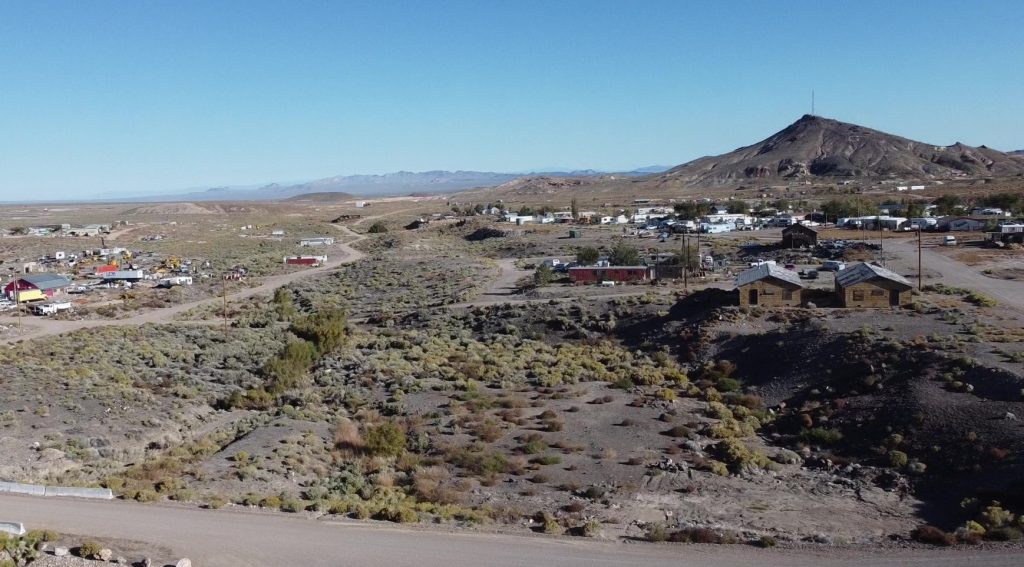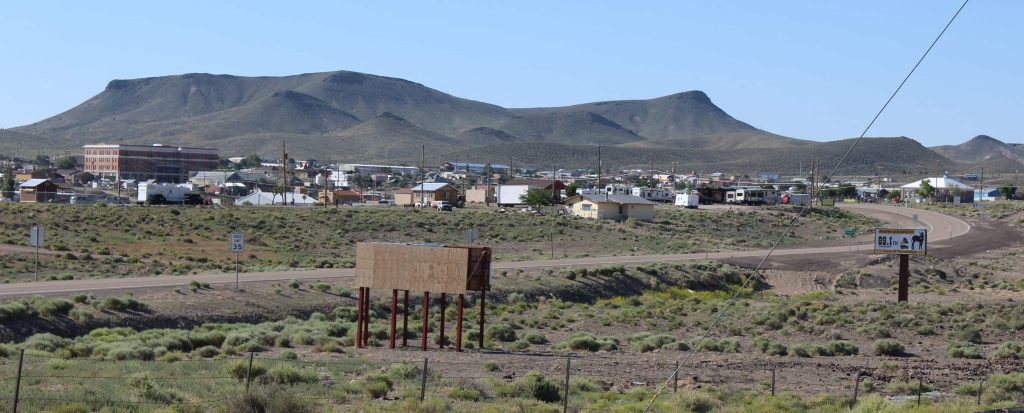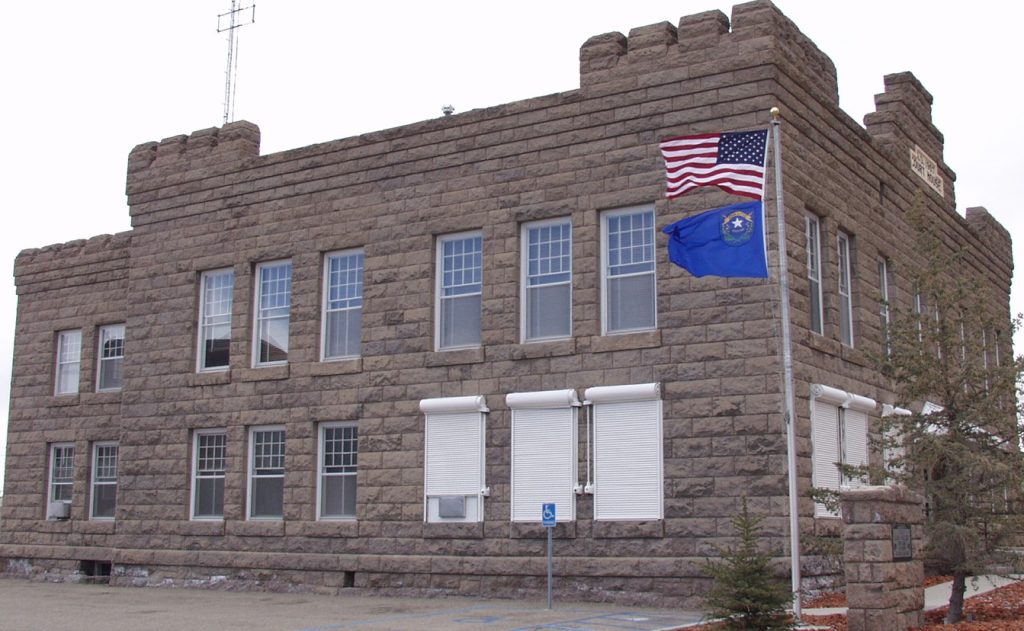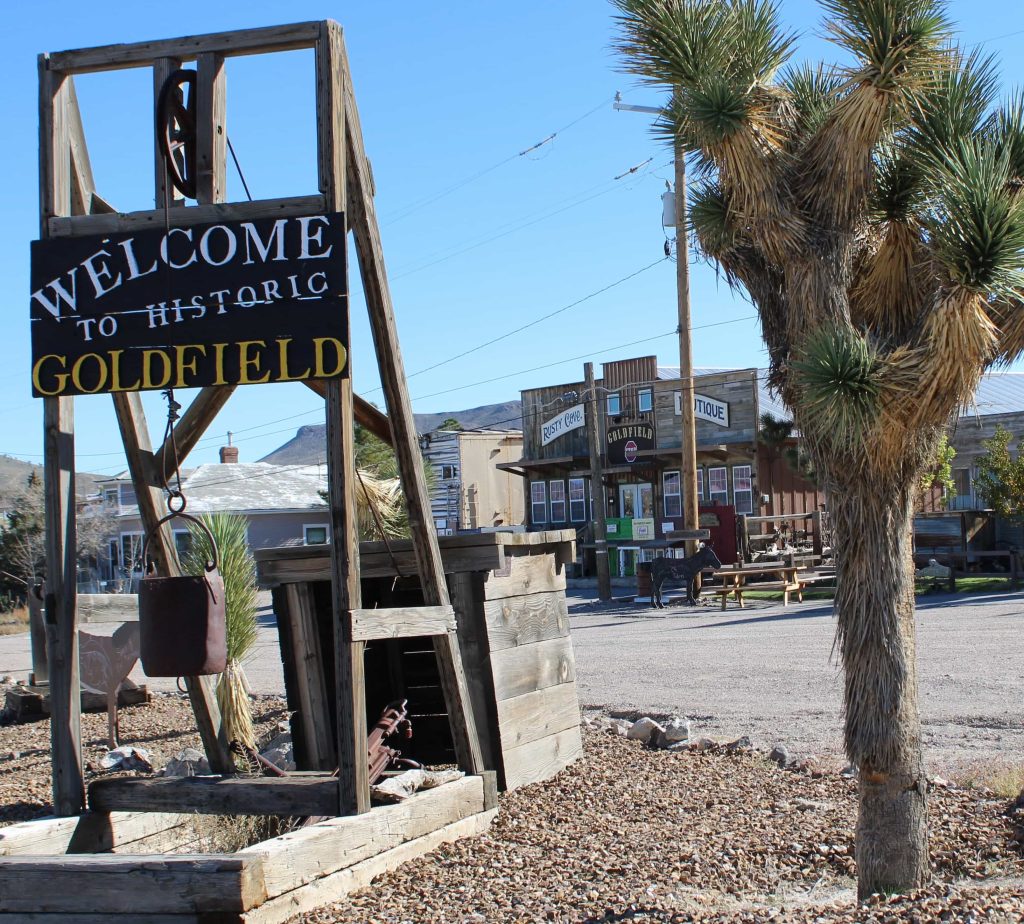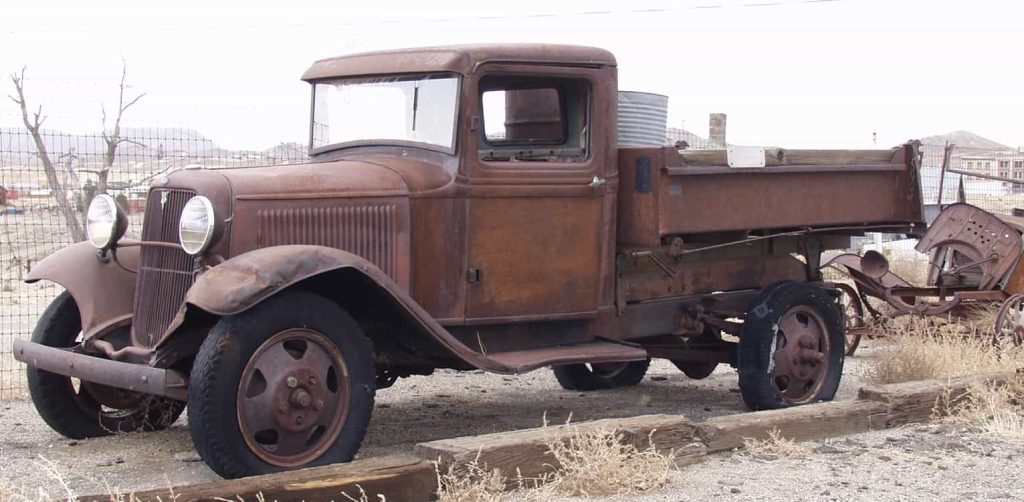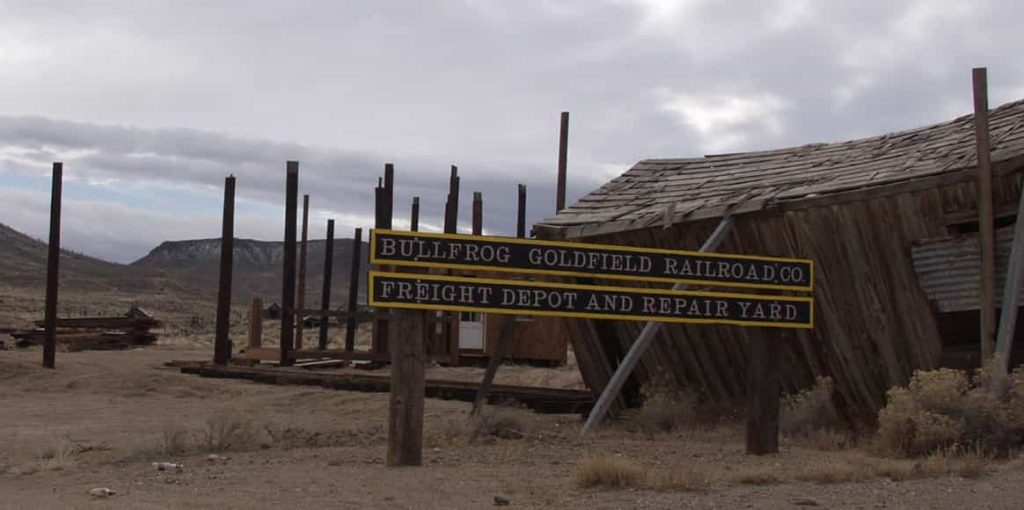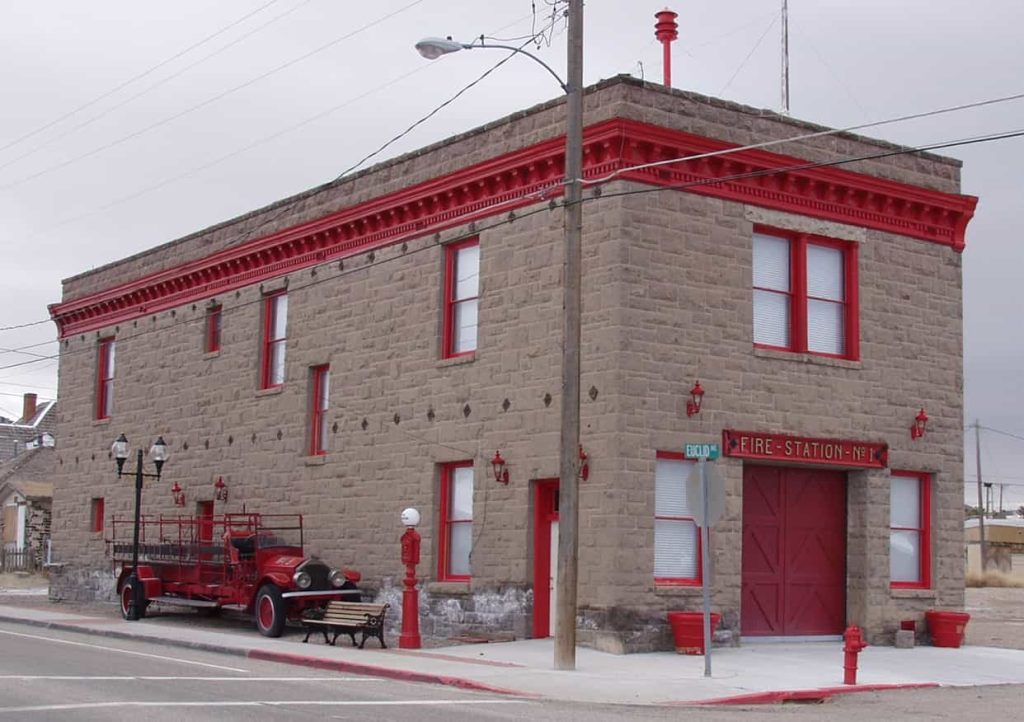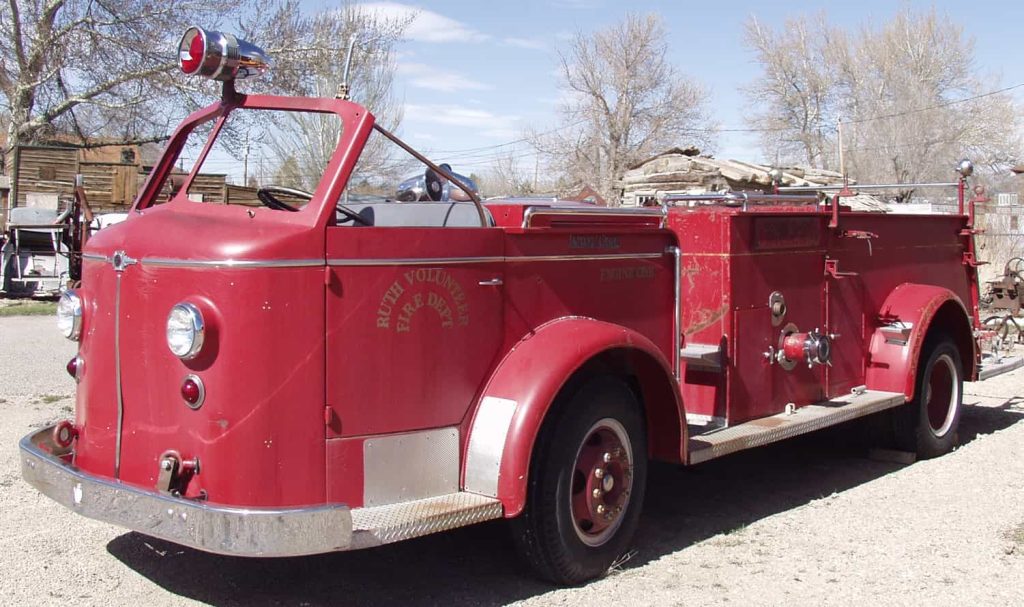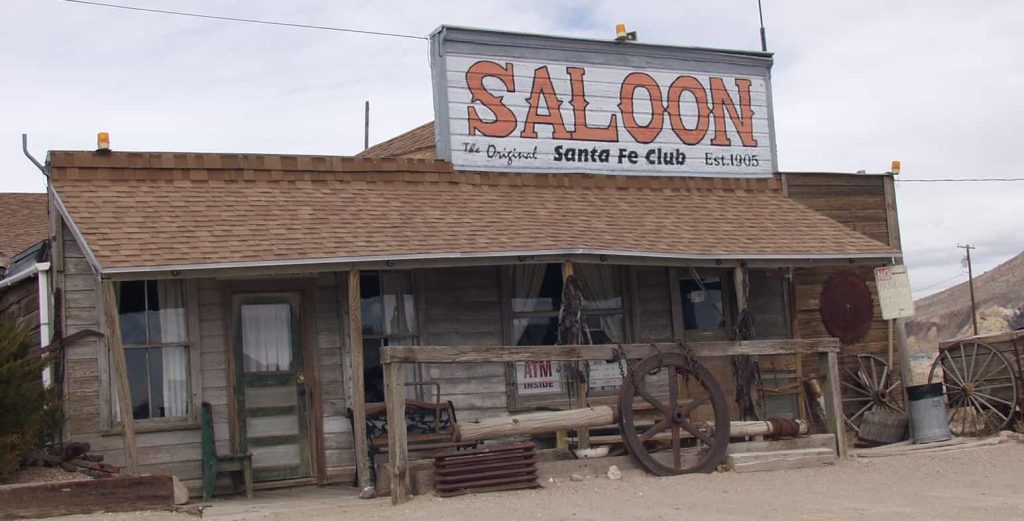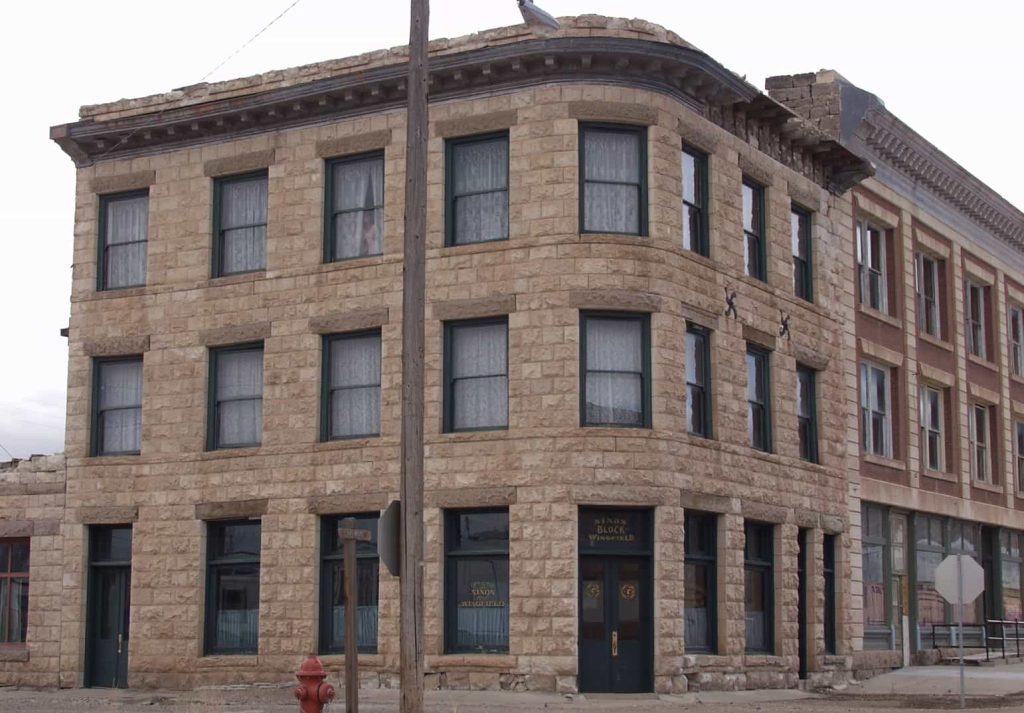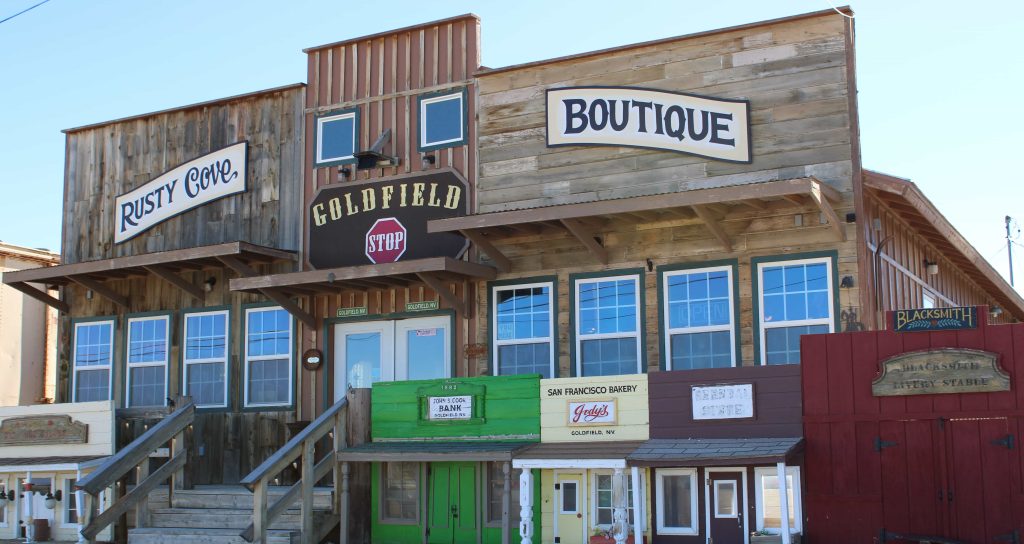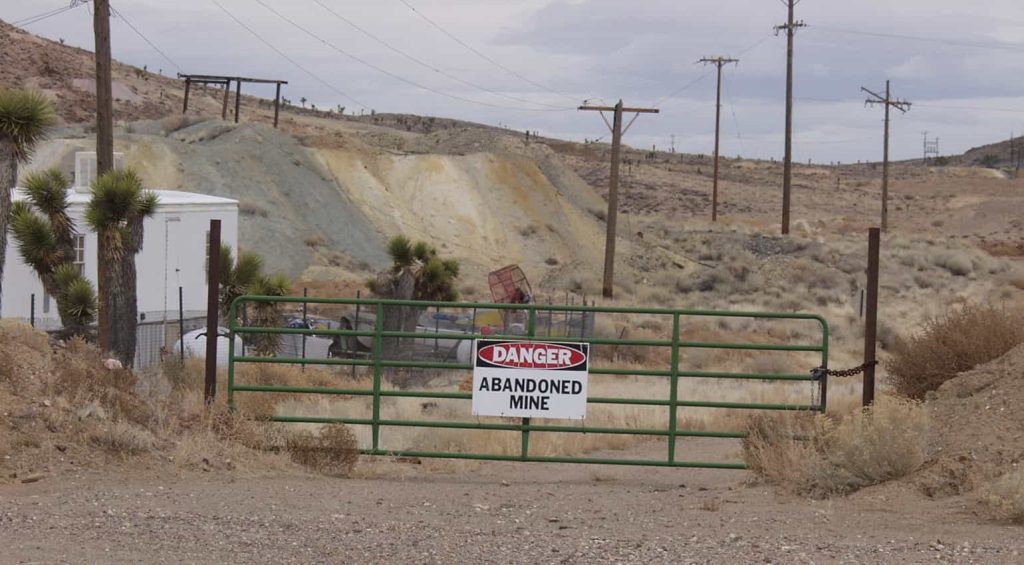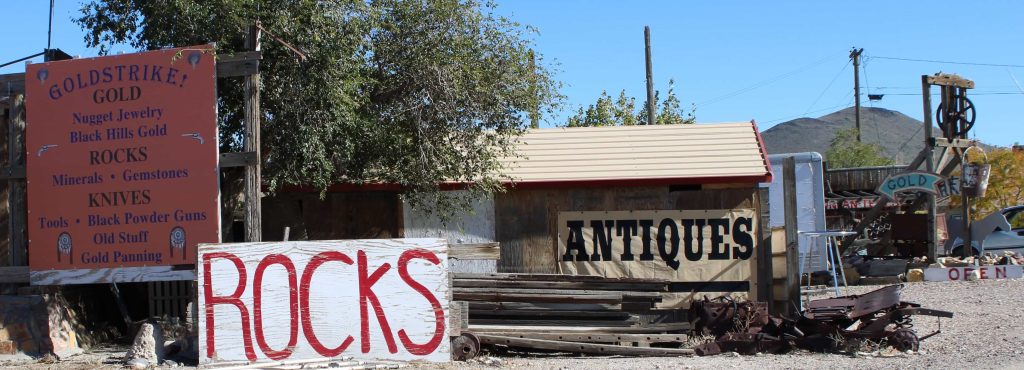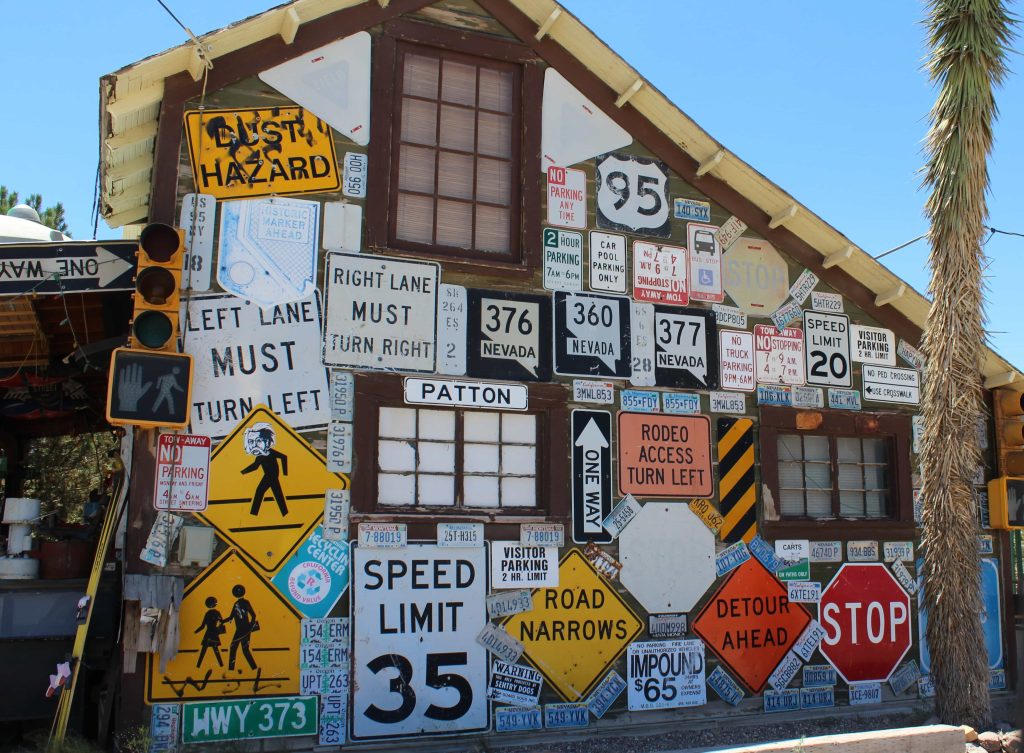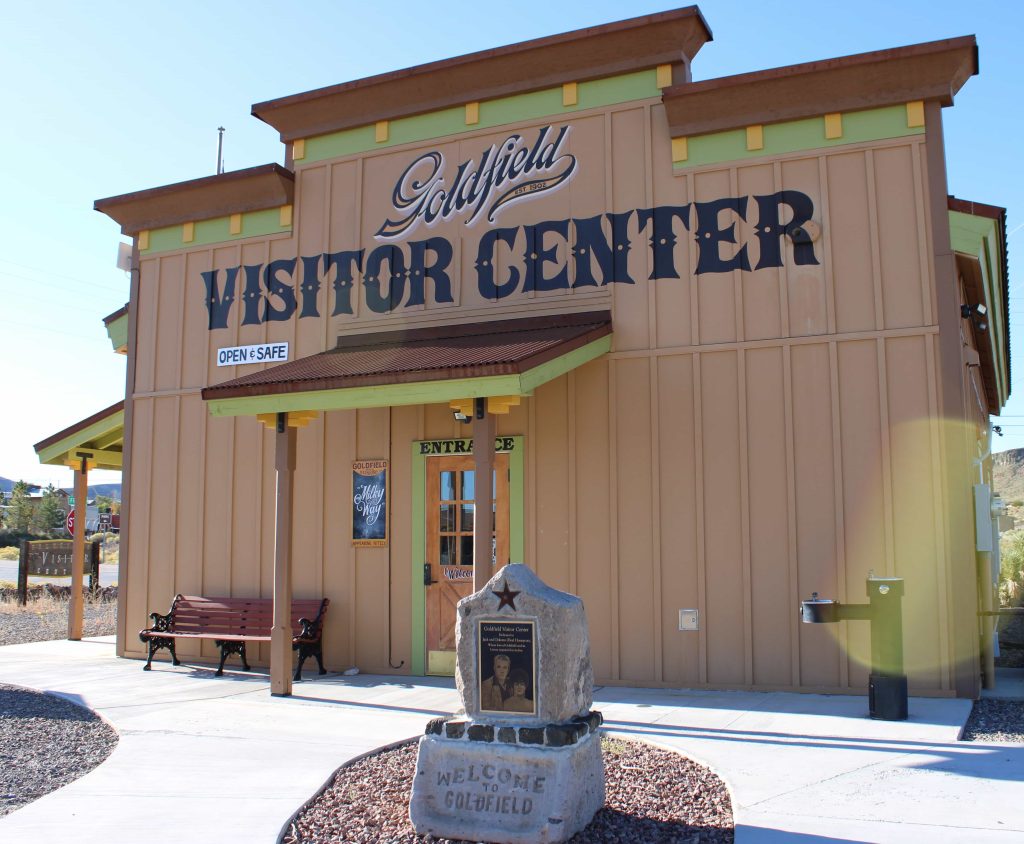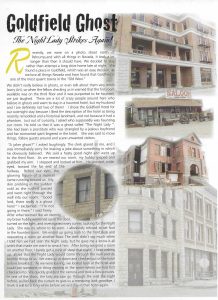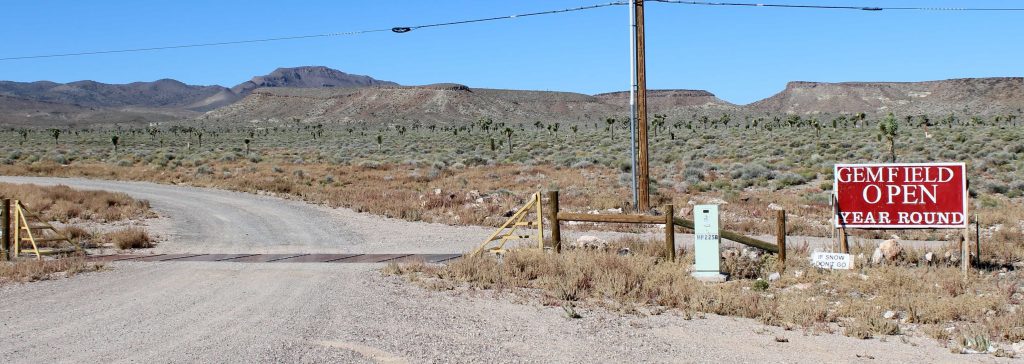Goldfield
The quaint town of Goldfield is well known for its start in the gold boom back in 1903. It was the largest city (town) in Nevada from 1903 to 1920 and produced over $86 million in gold from 1903 to 1940.
“Goldfield Days” are a very popular event held each year in August. The entertainment includes historical tours, live music, street dancing, food and drink. However, be careful… you might find yourself having a drink or dancing with a ghost.
As you slowly drive through town, you’ll see many landmarks. The famous Goldfield Hotel, which opened in 1908, cost over $300,000 to build the 4-story stone and brick with 150 rooms and 45 suites, all with private baths, a telephone and steam heating. However, now it is most well-known for its ghost – the Goldfield Ghost. Be sure to read the story!
At the Goldfield Historic Equipment Park, you can take a self-guided tour of a collection of turn-of-the-century technology, old mining equipment and vehicles, plus a collection of World War II military equipment.
The ”Tex” Rickard House operated the Northern Saloon which was famous for promoting Goldfield with the staged prize fight on Labor Day, 1906 where Joe Gans and Battling Nelson fought for the Lightweight Championship of the world. In the 42nd round, Nelson was disqualified and Joe Gans was declared the winner of the $30,000 purse.
Saloons and restaurants were plentiful during the town’s heyday and in 1905, the Santa Fe Saloon opened and is one of Goldfield’s oldest continuously operating businesses with eight motel rooms and slot machines.
Other places of interest include the Esmeralda County Court House, Mozart Tavern, Vanderfords Gold Strike Outpost, Barbarosa and Bear vintage wares, Hidden Treasure Trading Company, Gems of the Great Basin, Warehouse Museum & Orchard Company, The Little Church and for RVers, check out the Goldfield RV Park.
Be sure to stop at the Visitor Information Center. They have excellent information on the town’s history, in addition to the rest area and charging stations.
If you’re heading toward Tonopah, make sure to stop at Gem Field. It’s less than 2 miles out of town; keep a sharp eye out for the exit sign on the left. Here, you can rockhound all types of beautiful gems and rocks.
Goldfield is worth taking the time to stop, take a step back into history and experience a real living ghost town!
From Las Vegas, take Hwy 95 for 184 miles. You can’t miss it – you drive right through it… watch the speed limit!
From Carson City, take Hwy 50 East to Hwy 95 South, for a total of 240 miles to reach Goldfield.
As always, make sure your camera batteries are fully charged – there are innumerable photo ops.
Check the weather ahead of time to be prepared to dress appropriately – it can be extremely hot or cold!
If you’re venturing out to Gem Field, make sure to bring all the necessary equipment (pickaxe, rock hammer and gloves). Please read the sign about making the appropriate contribution if you take any rocks!
At 5,690 feet above sea level, you may feel the altitude – take it easy.
Bring lots of water and some snacks!
Drive SLOWLY through town… and keep an eye out for burros!
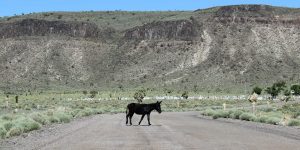
In 1902, Jim Butler grubstaked two young men, William March and Harry Stimler, when they went southward from Tonopah looking for outcropping of gold or silver. For those not familiar with the old western vocabulary, grubstaking was a noble tradition where when a prospector didn’t have basic supplies and financial resources to prospect on his own, he would have a more prosperous friend provide his food or grub and supplies based on the understanding he would share his findings with his sponsor, usually ending up in producing nothing for the sponsor.
However, in this case, Butler’s venture paid off when March and Stimler were lucky enough to find a showing of gold about 25 miles from Tonopah in an area that had been overlooked. They had found some of the most precious pieces of gold-bearing rock in the world and millions of dollars-worth were extracted from small sections no larger than a baseball field.
In 1906, Goldfield boasted a population of 30,000 during its boom year when it produced $11 million in gold. The average value of Comstock ore at the peak of the Big Bonanza was $65 per ton; the ore of Tonopah brought about $40 per ton in the early years whereas in Goldfield, the raw ore was assayed at $100 per ton.
The rocks became known as “jewelry ore” as unscrupulous miners carried them from shafts in their clothing or buckets costing the mine owners tens of thousands of dollars.
To accommodate the growing population at this time, The Bullfrog Goldfield Railroad, the Tonopah & Tidewater Railroad and the Las Vegas and Tonopah Railroad were built. The Bullfrog Goldfield line was built south from Goldfield to Beatty and Rhyolite in 1906 and ran until January 1928 after going through five management changes in its short life. In all, Goldfield had five railroad lines, the fifth one being the Goldfield Cons. Mining Co. RR; it ran from the mines to the construction mill on Columbia Mountain.
There was much to celebrate during this time and the town probably had the longest bar in the history of mining towns, Tex Rickard’s Northern. It was so long it required 80 tenders to serve its customers. From 1903 to 1910, Goldfield was the largest city/town in Nevada. From 1903 to 1940, it produced over $86 million.
Between 1904 and 1910, the mining companies of Goldfield reported about $30 million in production before the decline began. By 1912, ore production had dropped to five million and people began to leave; and, in 1913, a flash flood destroyed a large portion of the town, then in 1923, a fire destroyed fifty-two blocks of homes and business buildings leading to Goldfield becoming what is today – a living ghost town.
